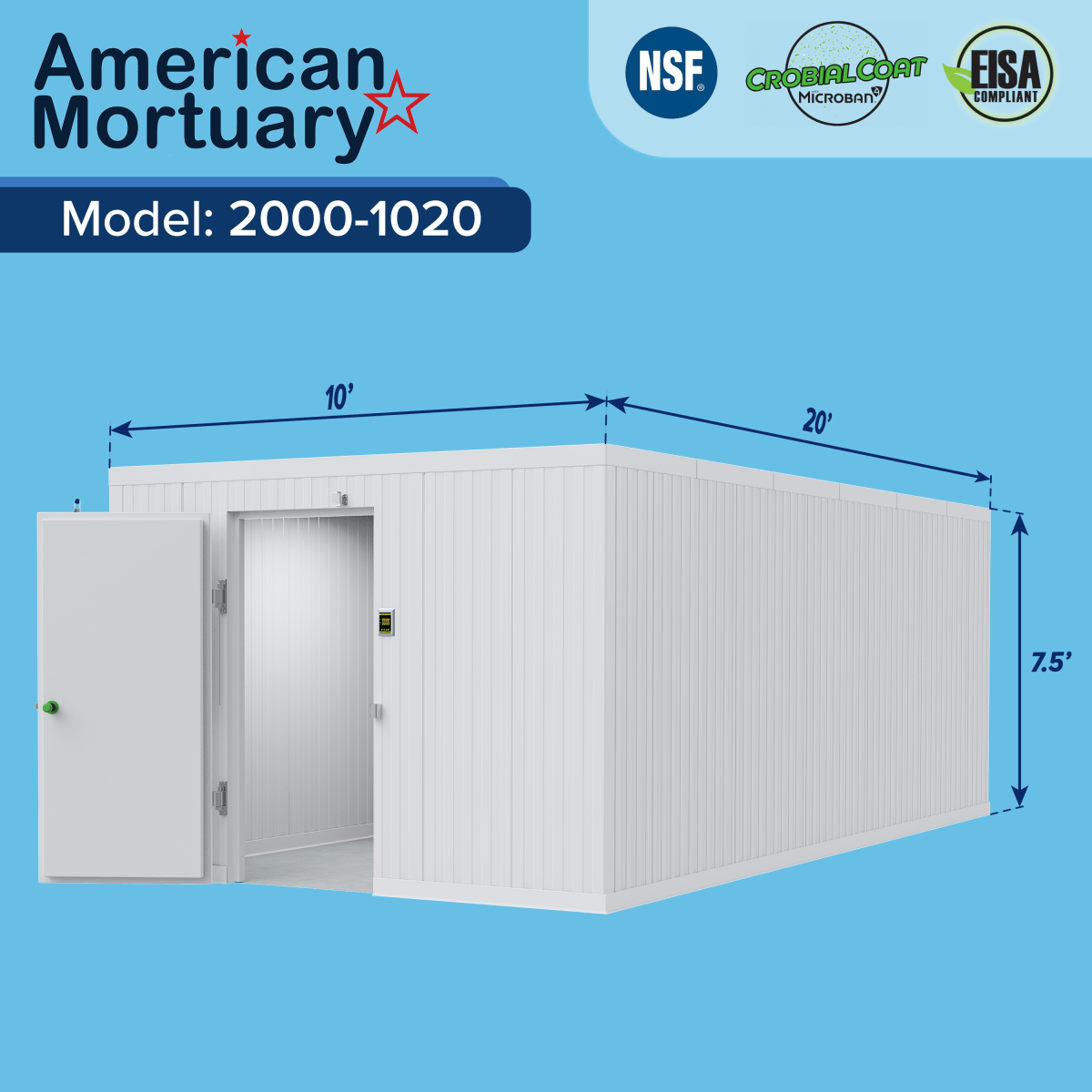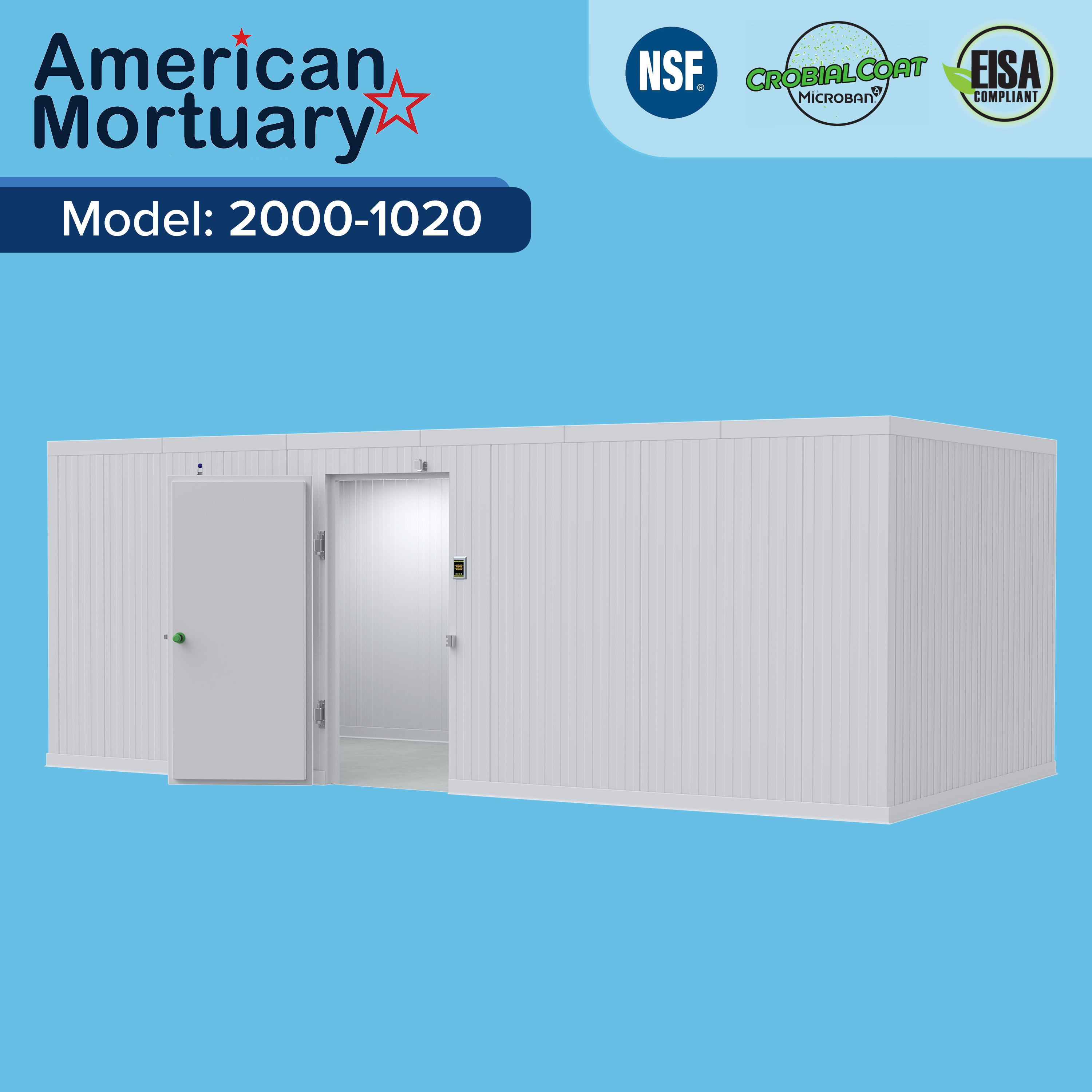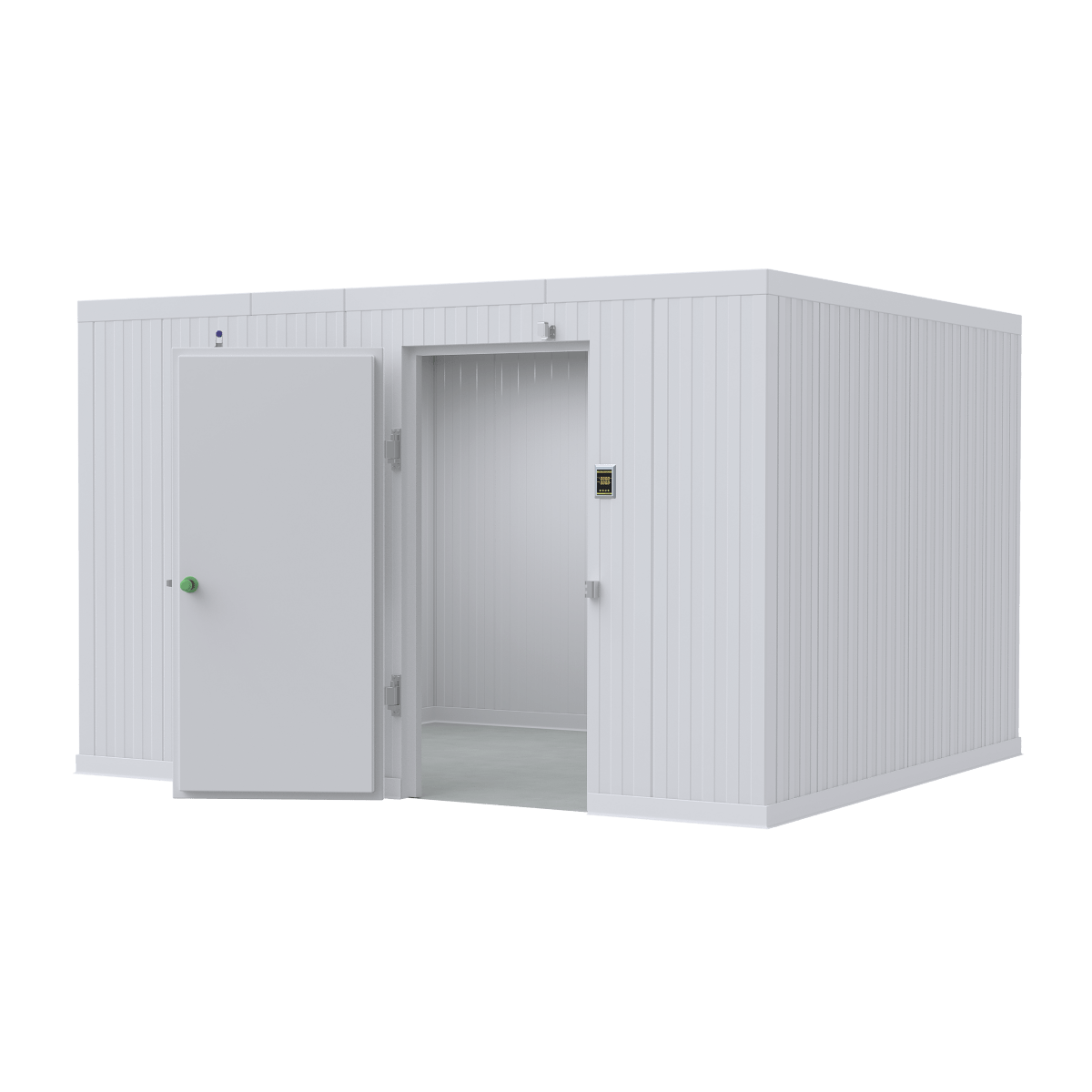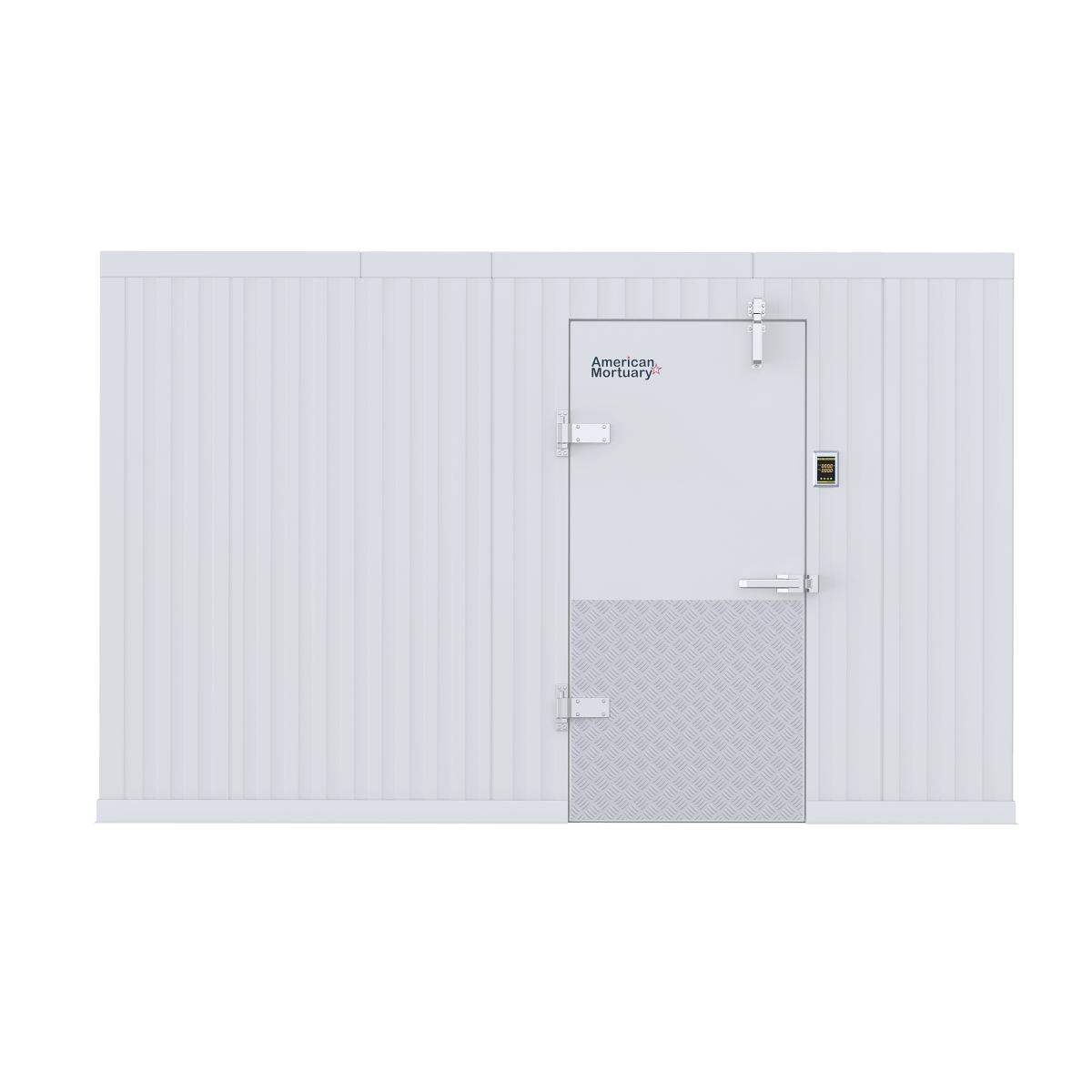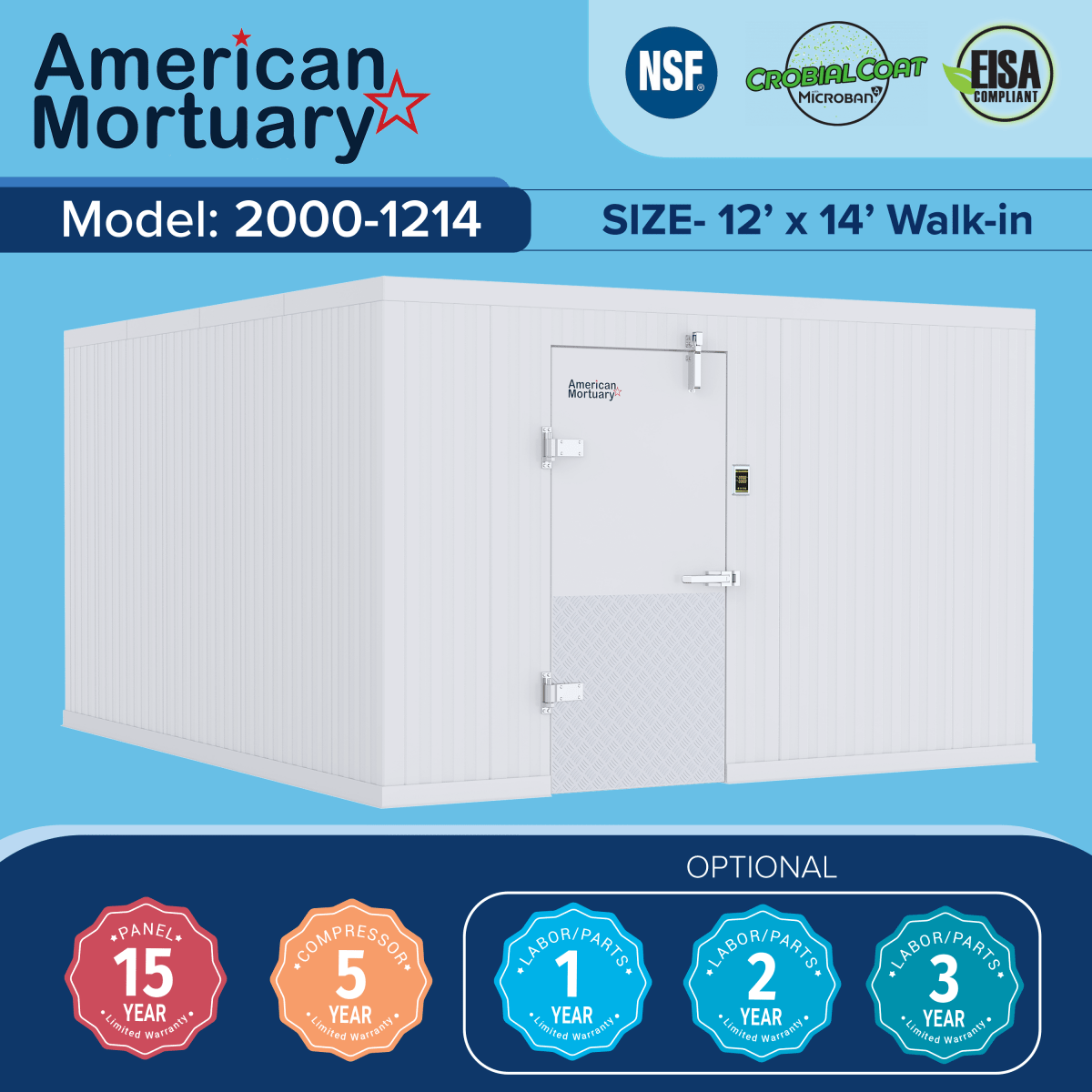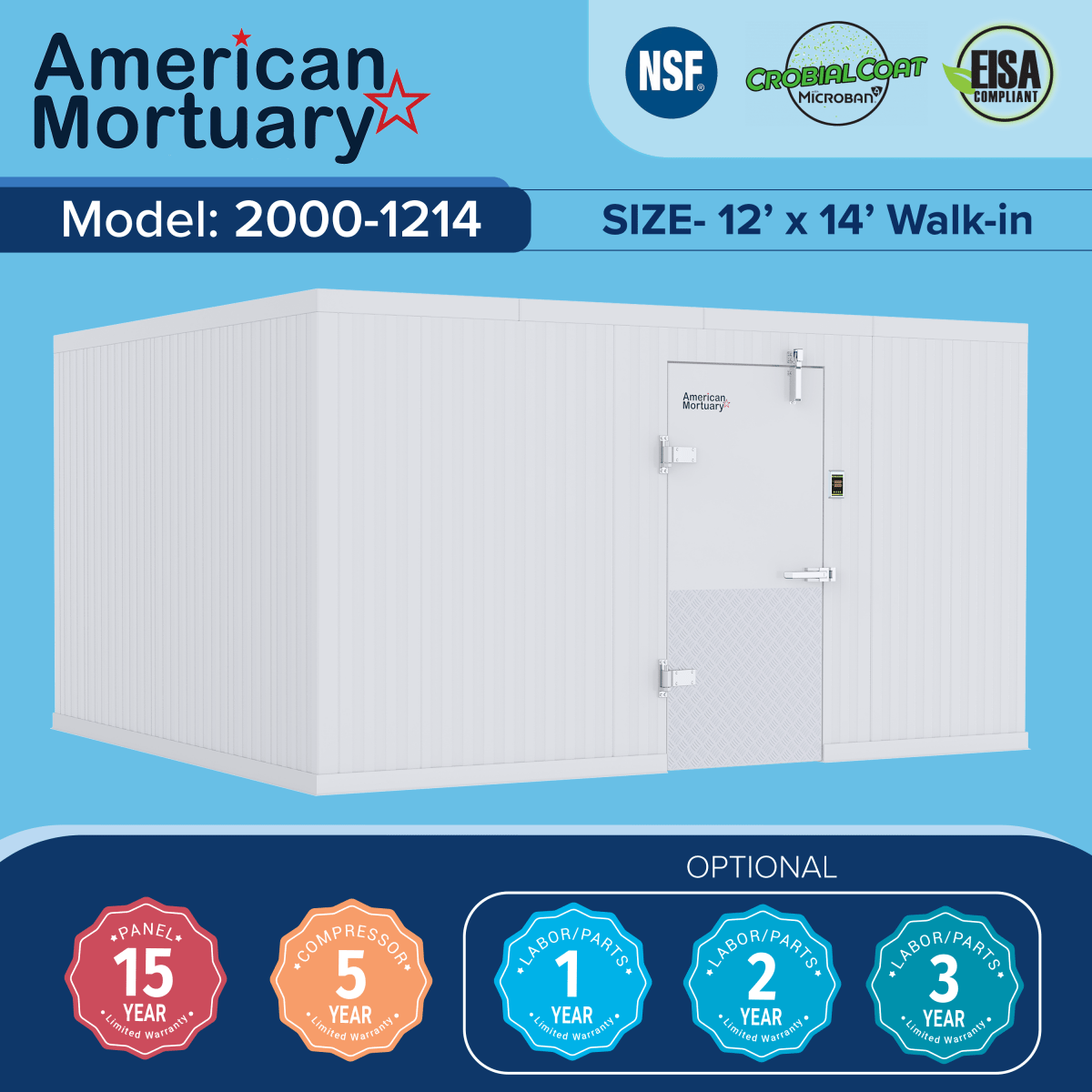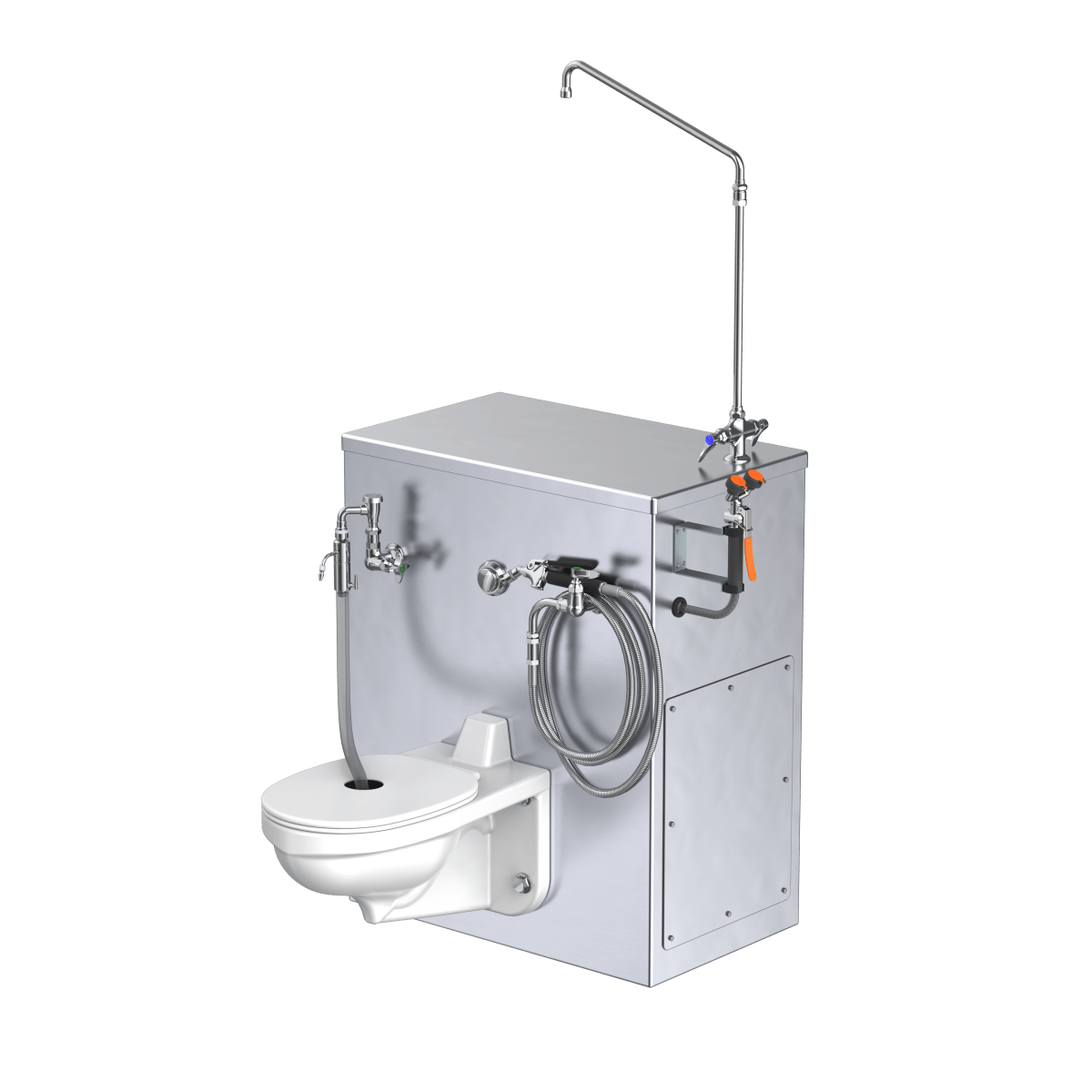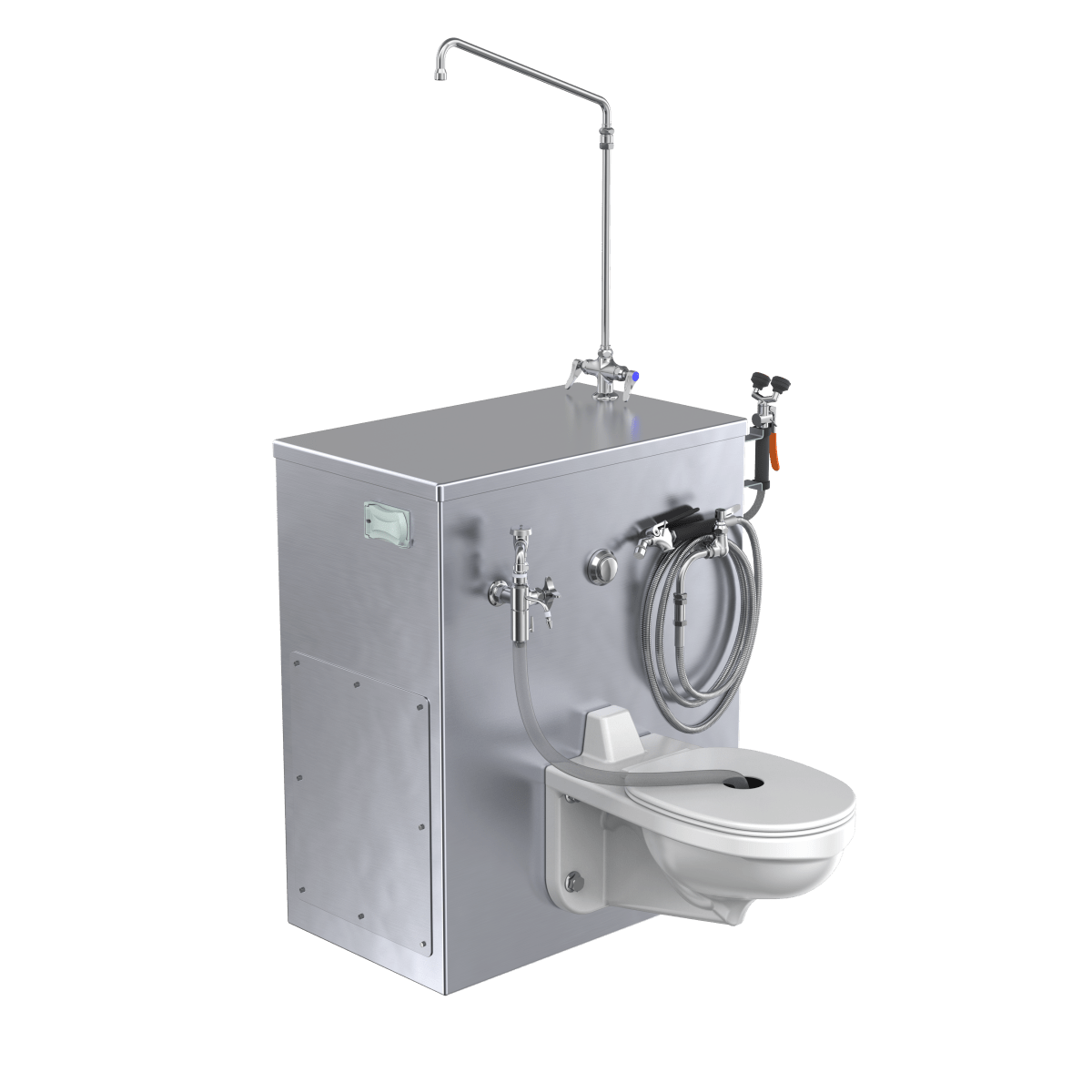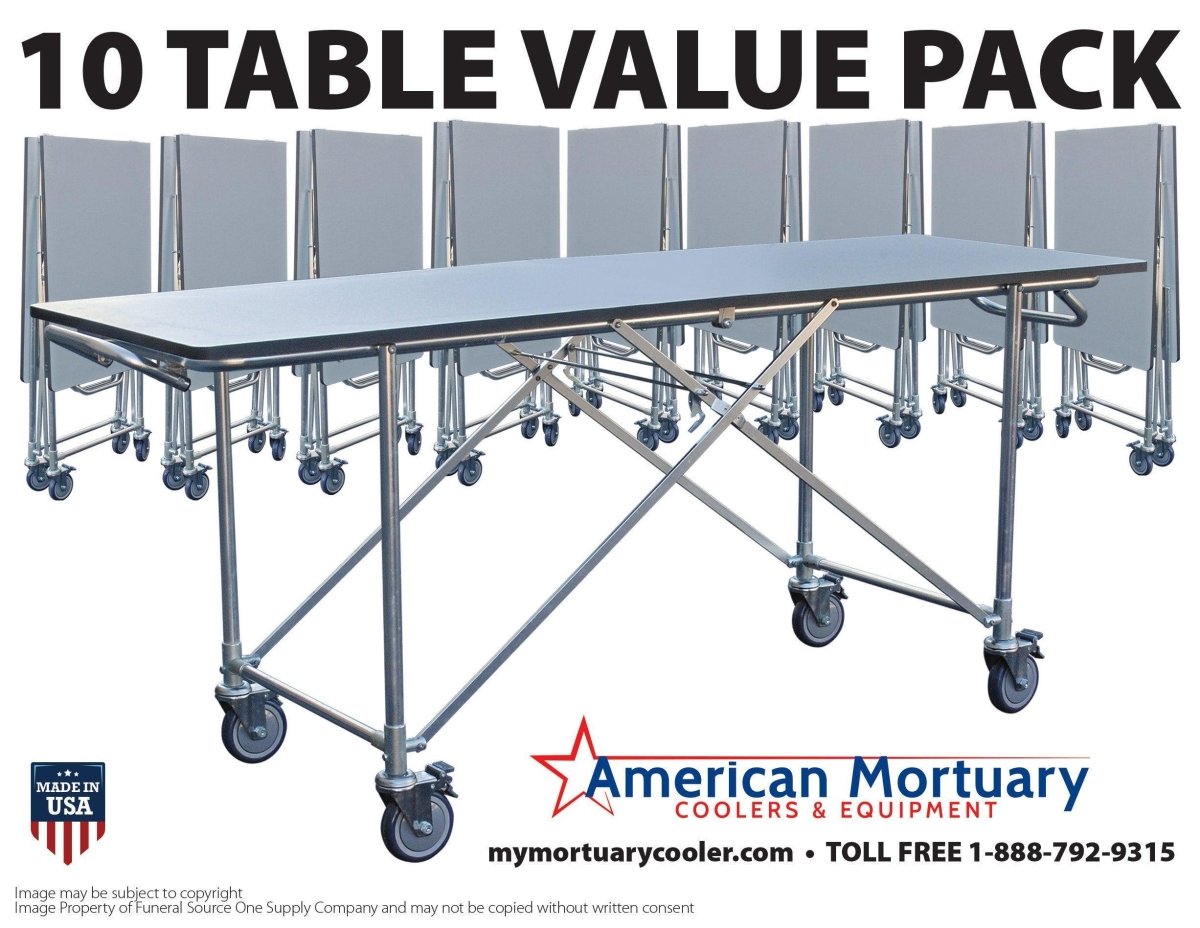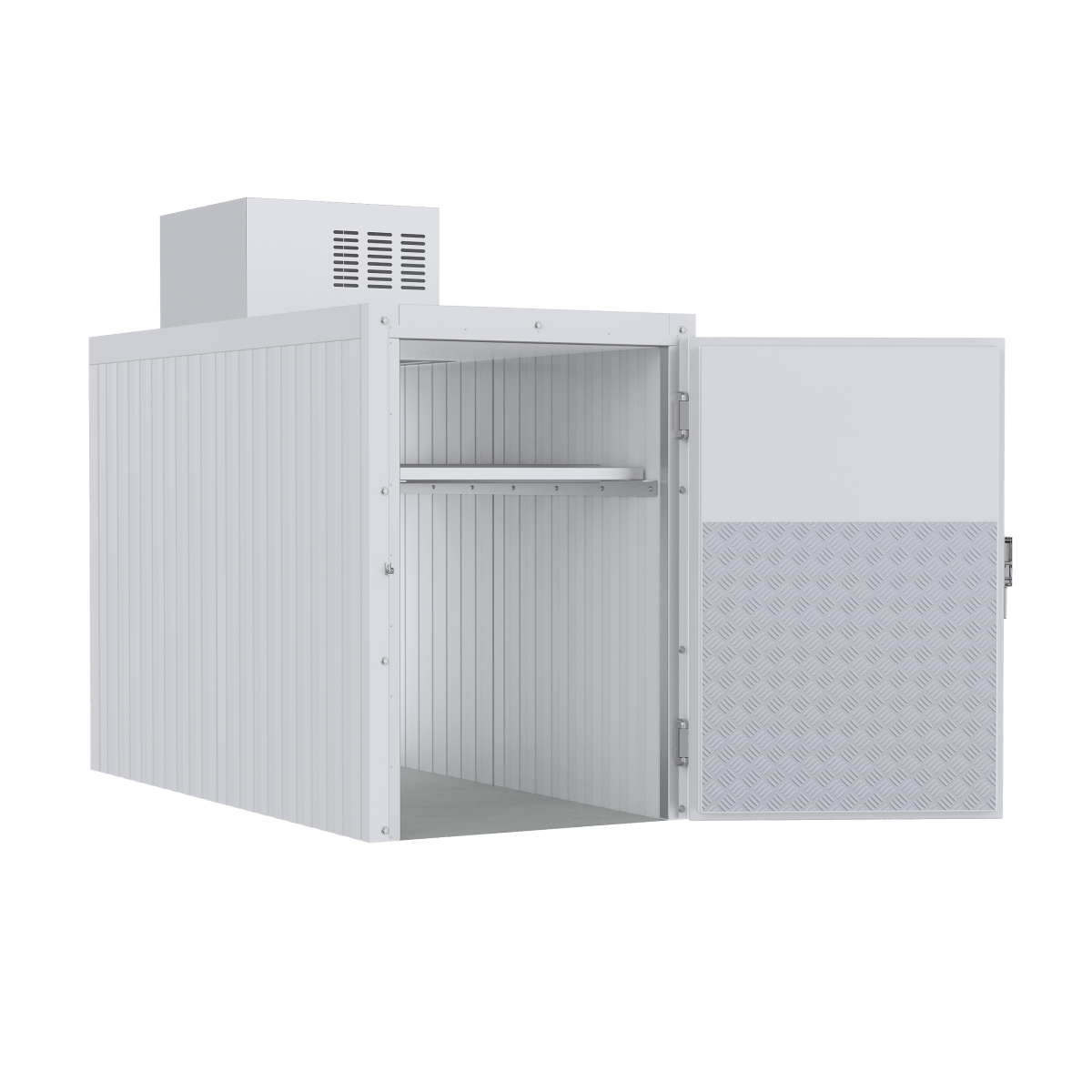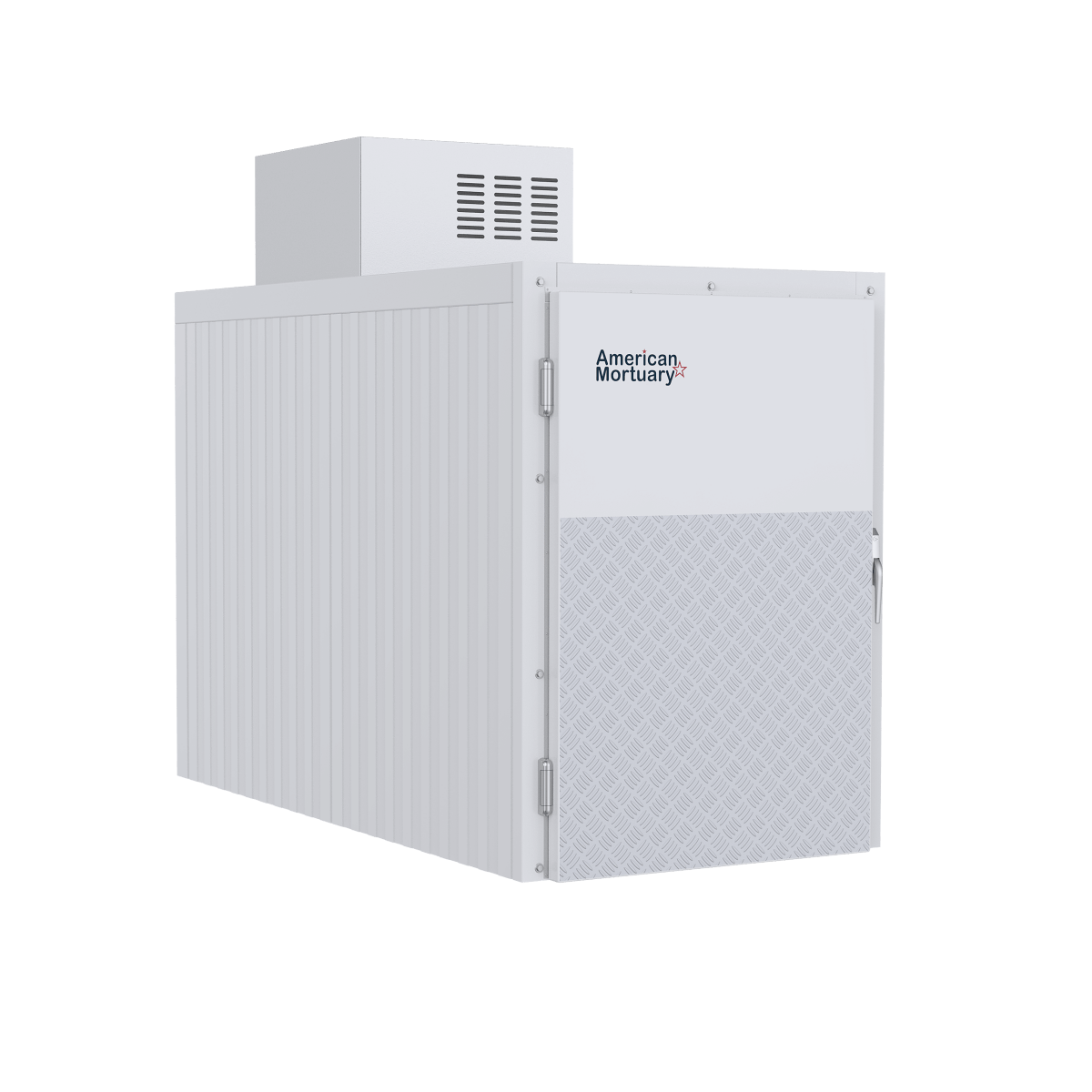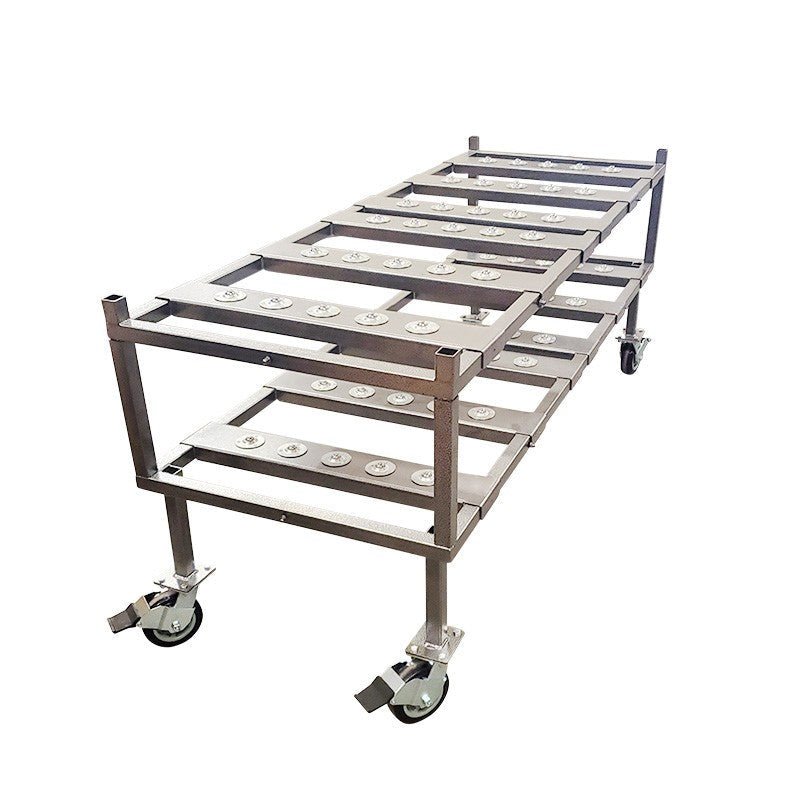Understanding the True Cost of Cremation Equipment
Let's talk dollars and sense when it comes to cremation equipment. The cremation machine price isn't just a simple number - it's a starting point for what becomes a significant business investment. Here's what you need to know at a glance:
| Cremation Machine Type | Price Range (USD) | Installation Costs | Total Investment |
|---|---|---|---|
| Human Cremation Retort | $150,000-$200,000 | $100,000-$300,000 | $300,000-$500,000 |
| Pet Cremation System | $25,000-$100,000 | $25,000-$75,000 | $50,000-$175,000 |
| Aquamation Machine | $210,000-$330,000 | $50,000-$100,000 | $260,000-$430,000 |
| Used/Refurbished Unit | $50,000-$120,000 | $75,000-$150,000 | $125,000-$270,000 |
I've seen it time and again - funeral directors start their search looking only at the sticker price of the equipment, then get blindsided by the true costs involved. That shiny new human cremation retort with a $170,000 price tag? In reality, your total investment typically climbs to $300,000-$500,000 when you factor in everything else needed to get it up and running.
Think of it like buying a car, only to find you also need to build a garage, pave a driveway, and hire a mechanic just to use it. The cremation machine price is just the beginning of your financial journey.
Those bargain-priced foreign units can be especially tricky. Manufacturers in China advertise units for $43,500-$58,000, while Indian machines go for ₹20-40 lakh ($24,000-$48,000). But these prices rarely include international shipping, customs clearance, installation costs, or the modifications needed to meet U.S. regulations. As we say in Tennessee, "cheap ain't always inexpensive" - especially when you're still writing checks months after delivery.
I'm with American Mortuary Coolers, and I've helped funeral directors steer these purchasing decisions nationwide. After seeing hundreds of installations, I can tell you there are patterns to these costs that every potential buyer should understand before signing on the dotted line.

Need more specialized information? Check out our guides on pet cremation equipment and used pet cremation equipment for sale.
Why Price Transparency Matters
Cremation is booming - now accounting for over 50% of final dispositions nationwide - and funeral professionals need honest financial information to make sound business decisions. The problem? Many manufacturers aren't exactly forthcoming about what your final bill will actually look like.
A funeral director from Ohio recently told me, "I've served over 2,500 families in the past decade, and cremation requests increase every year. But when I started researching equipment, I felt like I was trying to nail jello to a wall. Nobody would give me straight answers about the true costs."
This isn't uncommon. Manufacturers tend to advertise the base cremation machine price while glossing over substantial additional costs for installation, permitting, and facility preparation. For smaller funeral homes, these "surprise" expenses can derail carefully planned budgets and delay offering much-needed cremation services to their communities.
Price transparency matters not just for your initial budget but for calculating real return on investment. A more efficient machine might cost more upfront but deliver better long-term value through reduced operating costs and higher case capacity. Without clear pricing, how can you make that calculation?
Think of it this way: you wouldn't buy a house without knowing the property taxes, insurance requirements, and maintenance costs. Why should purchasing cremation equipment be any different? At American Mortuary Coolers, we believe you deserve the full financial picture - not just a flashy number designed to get you on the hook.
Cremation Machine Fundamentals: Types, Specs & Key Terms
Before we dive into the dollars and cents, let's get comfortable with the equipment itself. I've found that many funeral directors feel overwhelmed by the terminology—and rightfully so! The cremation industry tosses around several terms interchangeably, which can leave anyone new to the market scratching their head.

What Is a Cremation Machine?
At its heart, a cremation machine is specialized equipment that reduces human or animal remains to bone fragments through an intense thermal process. These aren't your everyday ovens—they operate at temperatures between 1,400-1,800°F (that's 760-980°C), hot enough to efficiently complete the cremation process with dignity and respect.
Most modern units feature two main components: a primary chamber where the body is placed, and a secondary chamber that further combusts gases and particles to reduce emissions. This two-chamber design isn't just about efficiency—it's also about being a good neighbor by minimizing environmental impact.
When I visit funeral homes looking to upgrade their facilities, I'm always impressed by how far the technology has come. Today's units include sophisticated control systems that balance optimal cremation results with minimal fuel consumption. These aren't the crude furnaces of yesteryear—they're precision instruments designed for a sacred purpose.
Main Types Explained
During your equipment search, you'll encounter several terms that might seem interchangeable but carry subtle differences worth understanding:
The retort is what most American funeral professionals call the complete cremation unit. This includes everything—primary chamber, secondary chamber, and all control systems. When a Matthews Environmental rep quoted "about $350,000 for everything" to a North Texas facility in 2022, they were talking about the retort, installation, and associated components as a complete package.
You'll also hear the term furnace quite often, especially in international markets. While technically referring to the heating component, many use it to describe the entire unit. In India, for example, a gas cremation furnace typically runs ₹20–22 lakh (approximately $24,000–$26,000 USD)—a stark price difference we'll explore later.
The word incinerator might appear in regulatory documents or international conversations. Though technically designed for waste disposal, this term often gets applied to cremation equipment in certain contexts.
When someone mentions a chamber, they could mean either the primary chamber (where the body is placed) or the secondary chamber (where gases are further combusted). Sometimes it's used for the whole unit, as in "the CFS 2300 human cremation chamber has a capacity of 750+ lbs."
Finally, a kiln is less common for human cremation but sometimes describes smaller units for pet cremation or urn processing. These typically range from $5,000-$15,000 depending on size.
Core Specs That Drive Cost
When it comes to cremation machine price, several key specifications can dramatically shift the bottom line:
Load capacity is perhaps the most straightforward—how much weight can the machine handle? Standard human units typically accommodate 500-750 lbs, while premium models might handle 1,000+ lbs. In today's world where bariatric cases are increasingly common, this spec deserves careful consideration.
Processing rate determines your throughput and efficiency. The Phoenix II-3 model, for instance, offers a relatively quick 45–60-minute cycle with 1,000 lb capacity. Economy models might stretch that to 120+ minutes per case, significantly impacting how many services you can provide daily.
Fuel type affects both initial cost and ongoing operations. Most U.S. cremation machines run on natural gas, but alternatives exist. A gas cremation furnace in India costs approximately $24,000-$26,000, while an electric model runs about $48,000. Your facility's existing utilities should influence this decision.
The automation level can transform your daily operations. Modern units feature touchscreen controls, weight-based automatic operation, and even remote diagnostics. While these features increase the upfront cremation machine price, they reduce operator error and improve efficiency—a classic case of spending money to save money.
Refractory quality—the heat-resistant materials lining the chambers—might be the most overlooked specification. Premium refractory materials boost the initial price tag but significantly reduce long-term repair expenses. I've seen too many funeral homes regret choosing budget refractory materials only to face major repairs just a few years later.
Accessory Gear You'll Need
Here's something many first-time buyers miss: the cremation machine price rarely includes essential accessory equipment. It's like buying a car without wheels—technically possible, but not very practical!
You'll need a cremulator—a specialized processor that reduces cremated bone fragments to a fine consistency suitable for an urn. These range from $2,500 for basic models to $10,000 for advanced systems with integrated dust control.
A proper loading system is essential for safety and dignity. Auto-loaders range from $29,000 to $35,000 and are worth every penny for reducing physical strain on your staff. I've spoken with countless funeral directors who wish they'd invested in better loading equipment from the start.
A hydraulic lift table makes transferring and positioning remains safer and more dignified. Quality lift tables with roller ball platforms typically cost $5,000-$15,000, depending on features and weight capacity.
You'll also want a proper processing station for handling cremated remains with appropriate ventilation systems. Ventless processing stations range from $5,000-$10,000 and provide a clean, organized workspace for this important final step.
Don't forget about a mortuary cooler for storing remains prior to cremation. At American Mortuary Coolers, we provide custom solutions ranging from $5,000 for small units to $20,000+ for larger walk-in systems custom to your facility's specific needs and space constraints.
Want to learn more about these essential tools? Check out our detailed guide on cremation equipment and accessories that walks you through everything you'll need beyond just the retort itself.
Understanding these fundamentals will help you steer the sometimes confusing world of cremation equipment with confidence. The right equipment isn't just about price—it's about providing dignified services while building a sustainable business model.
Cremation Machine Price Explained: New vs Used, Human vs Pet, US vs World
When it comes to pricing cremation equipment, the numbers can make your head spin. Whether you're comparing domestic versus international options or weighing a shiny new unit against a pre-loved model, understanding these price differences will help you make a choice that won't burn through your budget.

Average Cremation Machine Price in the United States
Here in the States, a new human cremation retort will typically set you back between $150,000 and $200,000 for the equipment alone. But ask any crematory owner about their actual investment, and they'll quickly tell you that's just the beginning of the story.
"Be prepared to spend around $300k-$500k for machine, delivery, setup, gas and electrical contractors, crane operator, EPA permit, and zoning fees," shared one crematory operator in a recent industry forum discussion.
The reality is that the true project cost often lands between $300,000 and $500,000 when you factor in everything needed to get up and running. American manufacturer Cremation Systems typically delivers a complete package – retort with accessories, installation, chamber firing, and training – for around $150,000. Add in your building costs, and most basic setups in the U.S. market will fall under $270,000.
Of course, if you're eyeing those premium models with all the bells and whistles – quick-change hearth systems, remote diagnostics, higher capacity – be prepared to reach deeper into your pockets for those convenience features.
Average Cremation Machine Price Internationally
Looking overseas can reveal dramatically different price points, though these international bargains often come with some important fine print.
In India, gas cremation furnaces go for about ₹20–22 lakh (roughly $24,000–$26,000 USD), while their electric counterparts run around ₹40 lakh (approximately $48,000 USD). These units are built to meet Indian standards, which means they may need significant modifications to satisfy U.S. or European emissions requirements.
Chinese manufacturers advertise even more tempting cremation machine price tags, with FOB (Free on Board) prices between $43,500–$58,000 per unit. The catch? These prices don't include international shipping, import duties, installation costs, or the modifications needed to meet U.S. compliance standards. Once you add all those extras, that bargain price often balloons considerably.
| Country | Base Equipment Price | Shipping & Import | Installation | Compliance Mods | Total Cost |
|---|---|---|---|---|---|
| USA | $150K-$200K | Included | $50K-$100K | Included | $300K-$500K |
| India | $24K-$48K | $10K-$20K | $50K-$100K | $25K-$50K | $109K-$218K |
| China | $43.5K-$58K | $15K-$25K | $50K-$100K | $25K-$50K | $133.5K-$233K |
While those international options might seem like a steal at first glance, you'll need to carefully consider the total delivered cost, ongoing support availability, and the headaches that might come with sourcing parts from halfway around the world.
Pet & Animal Units: Smaller Ticket, Faster ROI
If human cremation feels like too big a leap, pet cremation equipment offers a gentler entry point, with cremation machine price ranges from $25,000 to $100,000 depending on the size and features you need.
The Sierra series illustrates this range perfectly, scaling from the Sierra-300 (ideal for smaller vet practices with its 75 lb/hr capacity) all the way up to the commercial-grade Sierra-1200 that can handle 400 lb/hr for high-volume pet crematoriums.
One of the most appealing aspects of pet cremation equipment is the ability to perform partitioned loads – allowing multiple private cremations simultaneously. This feature isn't just technically impressive; it's a revenue generator that helps these units achieve faster ROI compared to their human-sized counterparts.
We've noticed this trend at American Mortuary Coolers, with growing interest in our custom cooling solutions specifically designed for pet cremation facilities from Florida to Washington state and everywhere in between.
Used & Refurbished Market: Cremation Machine Price Bargains
For those working with tighter budgets, the secondhand market offers potential savings, with cremation machine price points typically 40-60% lower than new equipment. Used human cremation retorts generally range from $50,000 to $120,000, with the exact price depending on age, condition, and how much life the unit has left in it.
Before you jump at that seemingly sweet deal on a pre-owned cremator, take time to evaluate a few critical factors. The condition of the refractory lining is paramount – replacement can cost $30,000-$50,000, potentially wiping out your savings. Older control systems might lack parts availability or modern efficiency features. Always verify the unit's emissions compliance history and understand what modifications might be needed to meet current standards.
Be aware that most used equipment comes with limited or no warranty protection, increasing your risk. And don't forget about installation costs – used equipment often requires specialized knowledge to disassemble, transport, and reinstall, which can offset some of your purchase price savings.
Industry auctions, business closures, and trade-ins from facilities upgrading to newer models are all common sources for finding these secondhand treasures. Working with reputable dealers who specialize in refurbishing cremation equipment can help you steer the used market with greater confidence.
More info about buying used units
Total Cost of Ownership: Installation, Operation, Accessories, Financing & Future Trends
When you're planning to buy a cremation machine, looking beyond the sticker price is essential. Think of it like buying a car - the price tag is just the beginning of what you'll actually spend.

Installation & Permitting
Getting your cremation machine up and running often costs as much as the machine itself - sometimes even more.
When we install machines for our clients at American Mortuary Coolers, we see that delivery isn't as simple as having a package dropped at your door. These 4,000+ pound behemoths require specialized freight services. Then you'll need craning services to position the retort properly, which typically runs $2,500-$5,000.
Your building might need significant modifications too. I remember one funeral director in Colorado who told me, "I budgeted $30,000 for building work and ended up spending over $80,000 when all was said and done." Foundation reinforcement, ventilation systems, and utility connections can add $20,000-$100,000 depending on your existing setup.
The permit process can be equally challenging. Between EPA air permits, building permits, and zoning approvals, you're looking at $5,000-$25,000 in fees. One funeral director shared, "I have two locations—one allowed aquamation without permitting, another required full crematory approval." My advice? Talk to local authorities early to avoid surprises.
A typical installation from Cremation Systems follows a three-day timeline:
- Day 1: Equipment delivery and installation of the retort, stack, and decorative cover
- Day 2: Utility connections and staff training
- Day 3: First cremations with expert guidance
Operating Costs
Once you're up and running, the meter keeps ticking. The cremation machine price is just the beginning of your financial relationship with this equipment.
Fuel costs vary widely depending on your location and machine efficiency. Most U.S. crematoriums use natural gas, while some international models run on LPG, consuming approximately 18 kg per cremation with a 60-90 minute process time.
Your electric bill will increase too. Most standard units require 240V, 1 phase, 40A service to power controls, blowers, and auxiliary systems.
Maintenance isn't optional with these machines. Regular upkeep includes refractory inspection, door seal replacement, and control system updates. Budget $2,500-$7,500 annually depending on your usage. The biggest maintenance expense? Refractory repair. Partial repairs run $5,000-$15,000, while complete replacement reaches $30,000-$50,000 every 3-7 years.
One crematory operator in Tennessee told me, "I wish someone had explained the refractory costs before I bought my machine. It's like replacing the engine in your car - expensive and unavoidable."
Some newer systems offer features to reduce these costs, like Quick Change modular hearth tiles that can be replaced in a single day without weeks of curing time. This drastically cuts downtime and keeps revenue flowing.
Accessory & Consumable Costs
Beyond the core cremation machine price, you'll need several essential accessories:
A good cremulator is non-negotiable. This device processes cremated remains by reducing bone fragments to a fine powder (as defined by Wiktionary). Prices range from $2,500 for basic models to $10,000 for advanced systems with proper dust control.
Loading systems eliminate manual loading and reduce staff strain. Current market prices range from about $30,000 to $35,000, but the ergonomic benefits and reduced injury risk make them worth considering.
You'll also need a processing station for handling cremated remains ($2,500-$7,500) and a quality mortuary cooler for body storage. At American Mortuary Coolers, we create custom cooling solutions ranging from $5,000 for compact units to $20,000+ for larger walk-in systems with multiple positions.
Don't forget a hydraulic lift table with roller ball platforms and digital scales ($5,000-$15,000). One crematory manager told me, "The lift table was the best investment we made for staff safety."
Financing & Leasing Options
Few funeral businesses can write a check for $300,000-$500,000, which is why financing options are so important.
Traditional bank loans typically offer 5-10 year terms with 10-20% down payments. They usually require collateral beyond just the equipment itself.
Equipment leasing programs specifically for cremation equipment offer 3-7 year terms with potential tax advantages. Many of our clients appreciate the lower initial cash requirements these programs provide.
SBA loans can be a great option for funeral businesses, offering favorable terms with lower down payments and longer payment schedules.
Some manufacturers offer direct financing or partner with specialized lenders familiar with the funeral industry's unique needs.
When reviewing financing options, look beyond just the interest rate. Pay attention to down payment requirements, balloon payments, early payoff penalties, end-of-term purchase options for leases, and tax implications.
At American Mortuary Coolers, we regularly connect clients across our service regions with financing resources custom to their specific situations.
Tech & Market Trends to Watch
The cremation equipment market is evolving rapidly, with several trends affecting both functionality and cremation machine price:
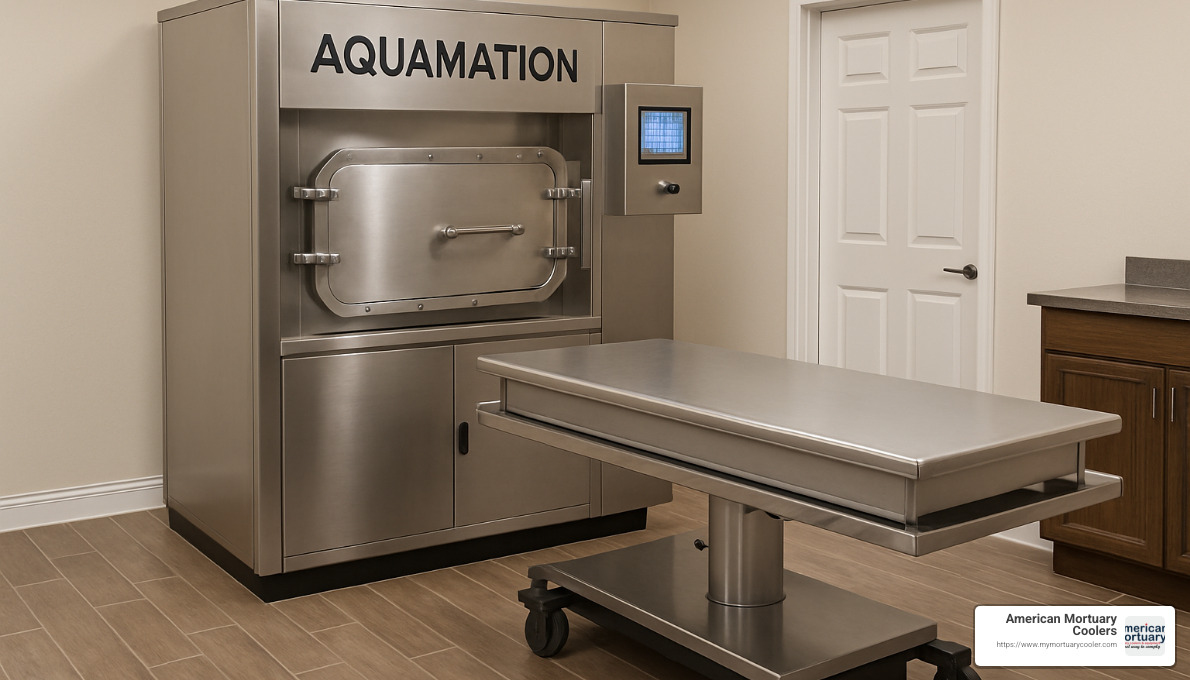
Remote diagnostic systems like Tek Marshal now allow manufacturers to troubleshoot issues without sending technicians to your location. As one manufacturer explained, "Remote diagnostics and internet-enabled monitoring reduce on-site technician visits," saving you both time and money.
Quick-change hearth systems with modular refractory components are becoming standard on premium equipment. These can be replaced in a single day rather than requiring weeks of downtime for curing.
Energy recovery technologies that capture and repurpose waste heat are emerging in newer models, potentially reducing operating costs by 15-30%.
Environmental regulations continue to tighten, driving technology improvements but also increasing equipment costs as manufacturers add advanced filtration and monitoring systems.
Aquamation (alkaline hydrolysis) continues gaining popularity as a "greener" alternative to flame cremation. Equipment costs remain higher ($210,000-$330,000 for basic systems), but the water-based process appeals to increasingly eco-conscious consumers.
One funeral director in Washington state shared, "We added aquamation last year and it already accounts for nearly 20% of our cremation cases. Families are willing to pay more for what they see as a gentler option."
Frequently Asked Questions about Cremation Machine Price
How long does it take to install and start operating a new cremation machine?
When you're ready to bring cremation services in-house, timeline expectations are crucial for your business planning. The actual equipment installation typically takes just 3-5 days, but don't let that number fool you – the complete process from order to operation usually spans 3-6 months.
Cremation Systems outlines a straightforward three-day installation process once your site is ready:
Day 1: The retort arrives, along with the stack and decorative cover – all physically installed Day 2: Connecting utilities and training your staff on proper operation and maintenance Day 3: Conducting your first cremations with expert supervision or remote guidance
But here's where many funeral directors encounter surprises. Before that three-day installation can even begin, you'll need to complete several time-consuming steps:
Manufacturing lead time typically runs 8-12 weeks from when you place your order. Permitting processes vary tremendously by location but generally take 4-16 weeks – and can be the most unpredictable part of your timeline. Site preparation requires 2-8 weeks depending on your existing facility, while final inspections and certifications add another 1-3 weeks after installation.
As one seasoned crematory operator shared with me, "Plan for the entire process to take twice as long as you initially expect, especially if you're dealing with local zoning boards for the first time." This advice has proven accurate for many of our clients at American Mortuary Coolers.
Do I need special zoning, EPA or state permits for a crematory?
Yes – and navigating this regulatory landscape is often the most challenging aspect of establishing a crematory. The cremation machine price is straightforward compared to the permitting maze you'll need to steer.
You'll typically need five key approvals before operating:
Zoning approval comes first and can be your biggest hurdle. Local zoning boards must approve your location for crematory operations, often requiring public hearings where community concerns must be addressed. One funeral director told me, "I spent more time in zoning meetings than I did researching equipment."
EPA air permits are required under Clean Air Act regulations. These are administered either directly by the EPA or through your state environmental agency, with requirements varying significantly by location.
State funeral board approval is mandatory in most states, with specific requirements for crematory operations through their funeral regulatory boards.
Building permits from local building departments must approve any construction or modification plans for your crematory installation.
Fire marshal approval includes safety inspections before you can begin operations.
The complexity varies tremendously by location. One funeral director shared, "I have two locations—one allowed aquamation without special permitting, another required full crematory approval with community hearings." This highlights why working with experienced manufacturers and consultants can save you significant time and frustration.
At American Mortuary Coolers, we often connect clients with resources to help steer these regulatory requirements across our service regions.
How does aquamation pricing compare with traditional fire cremation?
If you're considering eco-friendly alternatives, be prepared for a higher initial investment. Aquamation (alkaline hydrolysis) equipment commands a premium over traditional flame cremation systems, though operating costs may offset this difference over time.
Equipment costs for basic aquamation machines start around $209,900, with premium systems reaching $329,900. This compares to $150,000-$200,000 for traditional retorts – representing a 40-65% price premium for the greener technology.
Installation costs run higher too. Aquamation requires specialized plumbing and drainage systems, adding $50,000-$100,000 to your setup costs. The good news? Operating costs generally trend lower, as aquamation uses less energy than traditional cremation, though it does use more water. Many newer systems incorporate water recycling to reduce this impact and associated costs.
Maintenance expenses typically run lower for aquamation equipment due to less extreme operating conditions compared to the intense heat of flame cremation. The absence of refractory materials that need regular replacement creates significant long-term savings.
As one funeral director explained it to families: "It's alkaline hydrolysis or flameless cremation. Instead of using fire, the body is placed in a metal tube and submerged in water... it's better for the environment and a green alternative."
However, market demand remains a consideration. Another industry professional noted: "I have sat down with over 2,500 families over the last 10 years and never once have I been asked about aquamation or a green alternative to cremation." This suggests that while the technology offers environmental benefits, consumer awareness remains limited in many markets, potentially extending your ROI timeline for the higher initial investment.

Conclusion
When you're trying to understand what a cremation machine price really means, you quickly find that the advertised cost is just the beginning of your financial journey. If you're planning to add cremation services to your funeral home or upgrade existing equipment, you need to think beyond the sticker price and consider the full picture.
The reality? Most funeral professionals will invest between $300,000 and $500,000 for a complete human cremation installation in the United States—regardless of what the base equipment price might suggest. That's a significant commitment that deserves careful consideration.
Think of buying a cremation machine like buying a home rather than a car. The purchase price is important, but so are the ongoing costs of ownership. A machine with a lower upfront cremation machine price might seem attractive until you find it consumes more fuel, requires more frequent maintenance, or has a shorter lifespan. The most affordable option today might become the most expensive choice over time.
Fortunately, you don't have to come up with all that money upfront. Many funeral homes work with specialized equipment financing companies that understand the funeral industry and can structure payment plans that align with your business growth. Some even offer leasing options that preserve your capital for other investments.
Don't forget about the supporting cast of equipment you'll need. Your cremation retort needs friends—cremulators for processing remains, loading systems to safely transfer bodies, and proper mortuary cooling solutions to store remains before cremation. Each of these adds to your total investment but also to the quality and efficiency of your service.
It's also worth keeping an eye on where the industry is heading. Technologies like aquamation are gaining traction as environmentally-friendly alternatives, while innovations like remote diagnostics are making traditional equipment more reliable and easier to maintain. These trends might influence both your initial investment and your long-term returns.
At American Mortuary Coolers, we understand that adding cremation services isn't just about buying equipment—it's about making a strategic business decision that will serve families in your community for years to come. Our team specializes in providing custom mortuary coolers that work seamlessly with cremation systems, whether you're in Atlanta or Los Angeles, New York or Dallas, or anywhere in between across our service regions.
When you partner with experienced equipment providers who understand both the technical aspects of crematory operations and the business realities of running a funeral home, you can steer the complex world of cremation machine price with confidence. You'll make decisions that not only make financial sense but also allow you to provide the dignified, caring service that families deserve during their most difficult times.


